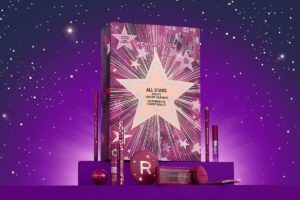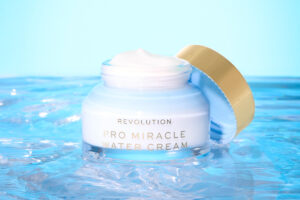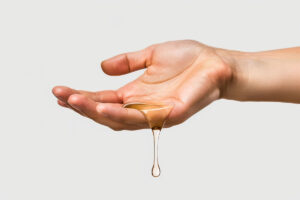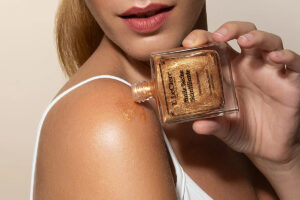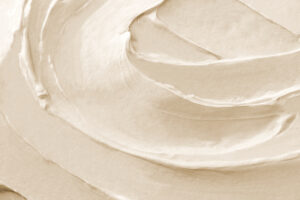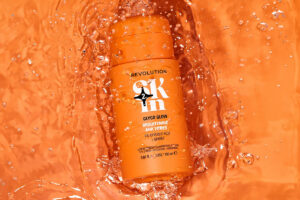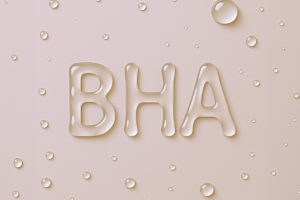In a world that’s moving faster every day, it’s easy to lose touch with yourself and your body. Massage is a chance to pause, listen to what your body is telling you, and restore your balance. Our bodies often send signals that they need a break, but we don’t always recognise them right away.
Massage can take many different forms and meanings, depending on your needs, experiences and current condition. There are various approaches, just as there are different reasons why you might choose to get a treatment. In this blog, you’ll learn more about the basic differences between techniques, their purposes, and the effects they can have.
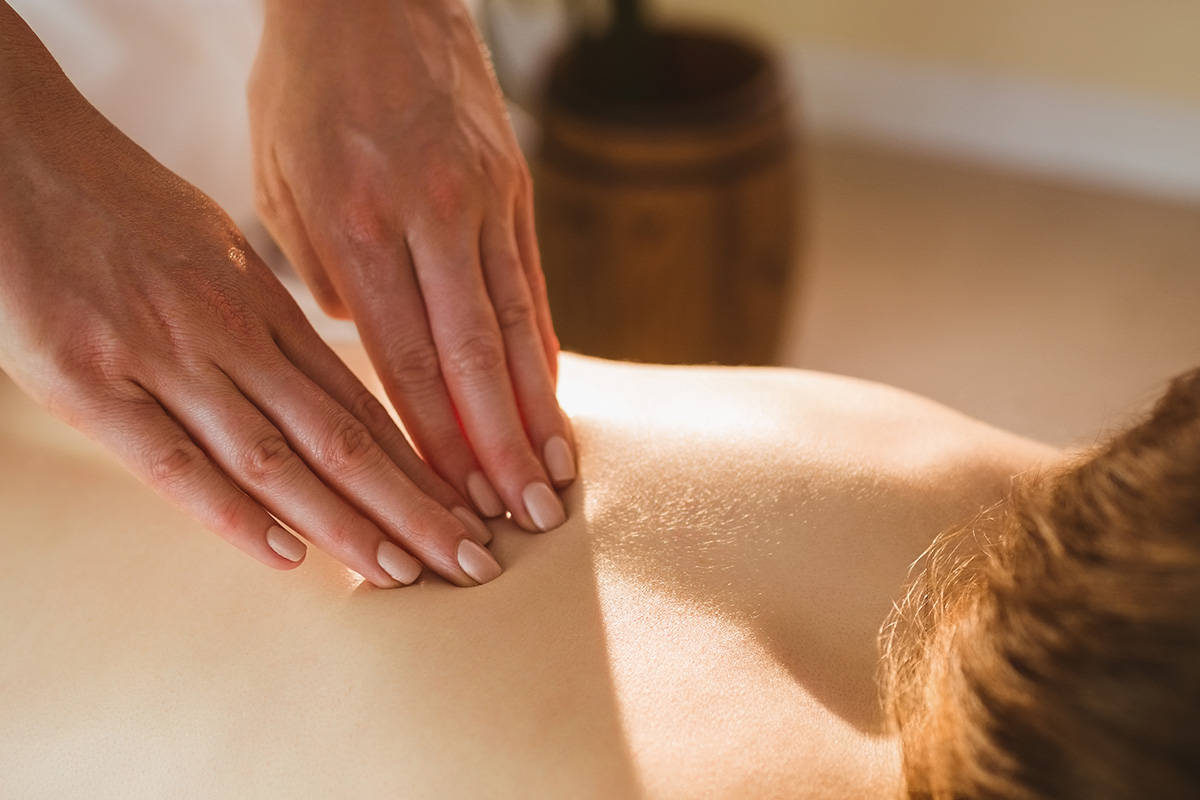
Why Massage Is Good for You
A study published in the International Journal of Neuroscience shows that a 20-minute massage can reduce cortisol levels (the stress hormone) by as much as 31%, while simultaneously boosting serotonin and dopamine levels (the ‘happiness hormones’).
Have you ever felt how powerful a touch can be?
Massage affects the whole body. It stimulates the nervous system, improves circulation and speeds up muscle recovery. Through touch, it also influences your emotional state. It can help reduce anxiety, improve sleep, relieve pain and strengthen the feeling of relaxation within your own body.
In that sense, massage is both a physical treatment and a form of self-care.
Tradition, Touch, and Presence
Massage throughout history has been mentioned as a ritual, a form of communication, and a way to heal and strengthen both body and mind.
In many cultures, it has held a special place rooted in medical practice. From Ayurvedic treatments in India, to traditional Chinese medicine, all the way to modern methods that blend therapy and relaxation.
Swedish Relaxation Massage
Swedish relaxation massage is one of the most well-known and accessible techniques. It doesn’t have a therapeutic goal of treating a specific condition but instead focuses on relaxing the nervous system and gently soothing the body as a whole.
It’s characterised by long, gliding strokes, gentle muscle kneading, and a rhythm that follows the breath. The treatment usually covers the entire body and is performed using massage oils, which further enhance the feeling of lightness and warmth.
When it’s most helpful:
- In case you’re feeling tired but don’t have any specific pain;
- If it’s your first time getting a massage and you want something gentle and subtle;
- When it’s important for you that the treatment relaxes you rather than exhausts you.
You can also practice it at home. Apply massage oil to your palms and gently massage your legs, arms, or back. Just a few minutes is enough to help you relax.
|
If techniques like these inspire you and you want to learn more for yourself, your family, or even to pursue it professionally, we invite you to join our training course in classic massage. The training is designed to be accessible and easy to understand for everyone. You don’t need any prior experience. Through hands-on practice and instructor support, you’ll learn the basic massage techniques and how to apply them safely both in a salon and at home. For many participants, this knowledge becomes useful in everyday life. It’s a great way to help yourself and others relax, improve sleep, and reduce tension. |
Aromatherapy
Aromatherapy massage combines gentle bodywork techniques with the effects of essential oils. Its main purpose isn’t deep muscle tension release but rather calming the body and nervous system. That’s why it’s often recommended for people experiencing stress, disrupted sleep, or simply in need of a break.
During the massage, long, gentle strokes follow the natural lines of the body, helping the oils absorb into the skin. As the scent is released, it works through the sense of smell, deepening the feeling of relaxation.
We recommend Cala Citrus Bloom essential oils, which combine a variety of benefits. Lemongrass oil boosts energy and refreshes the mind. Orange oil has a calming effect and lifts the mood, while peppermint oil energises and can help improve concentration.
In the context of massage, essential oils are never applied directly to the skin in their pure form because they are highly concentrated. Instead, they are blended with a carrier oil (such as almond, jojoba, or coconut oil), in the appropriate ratio. Most commonly, this means 2 to 3 drops of essential oil per tablespoon of carrier oil. This mixture is then gently rubbed into the areas you are massaging – neck, shoulders, back, legs.
If not used for massage, essential oils can also be used in a diffuser. Just a few drops in water are enough to fill the room with a natural, refreshing scent.
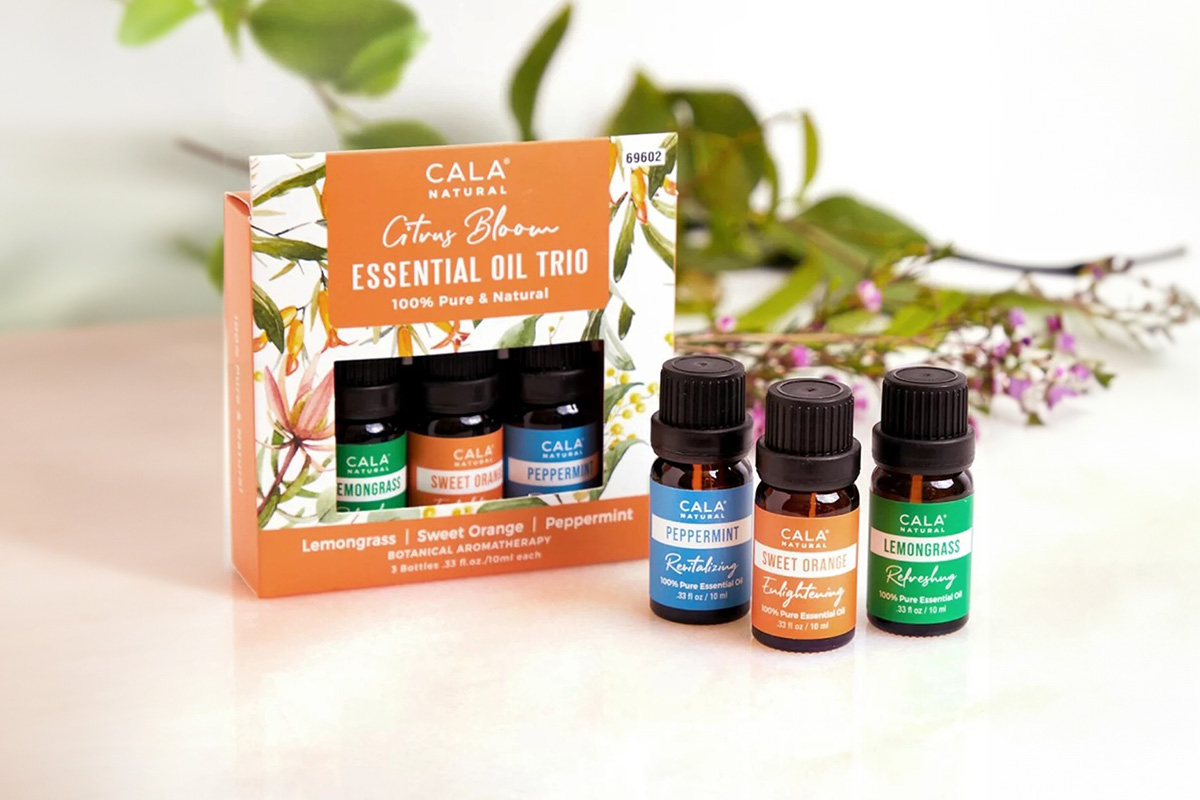
Hot Stone Massage
This method combines the soothing warmth of hot stones with rhythmic movements to achieve deeper relaxation. The stones used in this treatment are usually made of natural basalt, collected from volcanoes that have been dormant for many years. Basalt retains heat longer than ordinary stones and evenly transfers it to the body.
The stones are heated in water or with a hot stone heater. They are then placed on key points along the body, including the spine, back, palms, and feet. The warmth from the heated basalt stones penetrates deep into the tissues and helps relax tight and tense muscles. It also improves circulation, and many describe this treatment as a combination of massage and heat therapy.
This treatment is especially beneficial when the body feels tense and fatigue has accumulated. This can happen after long periods of sitting, physical exertion, or stress that ‘settles’ in the shoulders and back.
At home, it can be applied in a simpler form by using a smaller set of hot stones that have been warmed in water and combined with a relaxing oil. Gentle movements along the back, neck, or legs, paired with the warmth of the stones, can be very effective as part of an evening routine.
Little Rituals for Your Face
Facial massage offers numerous benefits and is used for both cosmetic and therapeutic purposes. Regular practice stimulates circulation, leaving the skin more toned and refreshed, while fine lines and wrinkles may become less noticeable.
Besides its aesthetic benefits, facial massage helps relax the muscles (especially around the eyes) and reduces everyday stress levels. For some people, it can also help relieve tension headaches by stimulating specific points.
The technique can be simple, using gentle finger movements, or it can involve tools like various facial massagers that enhance the effect and make the routine more precise and effective.
Interestingly, this massage technique is easy to practice at home. Knowing the basic movements and pressure points on the face is enough. That’s why many choose to expand their knowledge through hands-on workshops and training programs focused on massaging the face, neck, and upper chest.
The training at our Educational center lasts one day and involves intensive hands-on practice, with clear step-by-step explanations and demonstrations on a model. Sessions take place in small groups, supported by experienced instructors, in a friendly and relaxed atmosphere. The goal is for participants, both enthusiasts or rising professionals, to gain the confidence to apply the technique independently, either at home or while working with others.
Gua Sha
Gua Sha is a technique originating from traditional Chinese medicine that is now used in modern facial care to stimulate microcirculation and lymphatic drainage. It’s performed using specially designed stones, such as the Blush Gua Sha face sculpting tool made of green jade or the Blush Gua Sha face sculpting tool made of rose quartz. The technique involves applying gentle pressure and gliding the stones along the contours of the face, neck, and upper chest.
View this post on Instagram
With regular use of Gua Sha tools, you can:
- Lift the eyebrows;
- Reduce the appearance of fine lines;
- Smooth smile lines;
- Diminish dark circles;
- Lift and firm muscle tone;
- Tighten the skin;
- Soften wrinkles;
- Improve the appearance of the neck area.
The movements are always performed on cleansed skin with oil or face serum applied beforehand, allowing the stone to glide smoothly and preventing irritation.
Even though it seems simple, performing the movements correctly, from the center of the face outward with gentle pressure, is key to achieving the desired effects.
Shiatsu
Shiatsu is a Japanese technique based on the principles of acupressure. The face has a series of energy points connected to various organs and body functions. Gentle, static finger pressure on these points aims to restore energy balance and stimulate the skin’s natural regeneration processes.
Unlike other massages that use sliding movements, Shiatsu is based on applying and holding pressure with the fingers on precise points. This technique can help relax facial muscles, improve circulation, and reduce tension in the jaw and around the eyes.
Foundation of Balance
Although we save this topic for last, it doesn’t mean it’s any less important. On the contrary, your feet are the everyday support and balance point for your entire body. Through techniques like Thai foot massage and reflexology, you can, among other benefits, release tension and improve circulation.
In addition to professional treatments, foot care at home can become part of your daily relaxation. A warm foot soak in a pedicure basin is a great way to start or end the day.
In our selection, you’ll find a variety of foot bath massagers that combine warm water, vibration, and massage, and even offer extra features like bubbles or infrared heating. They provide everything you need to create a little spa moment right at home.
Anti-Cellulite Massage
Anti-cellulite massage focuses on improving local circulation and breaking down subcutaneous fat tissue, especially in areas where cellulite most commonly appears – the thighs, glutes, abdomen, and upper arms.
This technique involves more intense, rhythmic movements aimed at breaking down fat deposits, improving lymphatic drainage, and stimulating circulation in the subcutaneous tissue.
The treatment can be done manually, using specialised creams and oils such as Dr. Kraut anti-cellulite massage oil, or with the help of massagers, suction cups, and other devices. This oil is rich in natural ingredients that stimulate circulation and hydrate the skin, making the treatment more pleasant and effective. Although massage alone does not eliminate cellulite, regular use combined with proper hydration and physical activity can contribute to a more even skin tone and a feeling of firmness.
Reflexology
Reflexology is a method based on stimulating points on the feet that correspond to various organs and parts of the body. Although it targets specific areas locally, this massage can have systemic effects. It may help reduce tension, improve the function of internal organs, and promote nervous system relaxation.
It’s performed using fingers with specific pressure applied to clearly defined zones and is often used as a complement to body massage or as a standalone practice. Besides its therapeutic benefits, many choose reflexology for its calming effect on the nervous system.
Key benefits:
- Relieves the feeling of heaviness and fatigue in the legs;
- Improves circulation and joint mobility;
- Provides a relaxing effect on the entire body.
Do you get massages regularly? Maybe today’s the perfect time to start your own little ritual that soothes all your senses!
